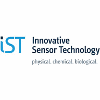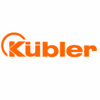- europages
- >
- Sensors
- >
- IPF ELECTRONIC GMBH
- >
- products
IPF ELECTRONIC GMBH
Germany
Manufacturer/ Producer
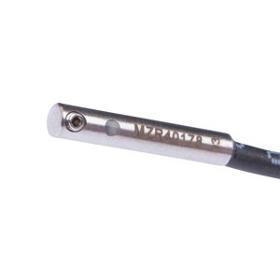
IPF ELECTRONIC GMBH
Germany
For many tasks in the field of automation technology, it is necessary to recognize the motional processes in pneumatic and hydraulic cylinders and to detect the position of the piston with precision. For this, magnetic cylinder sensors are used.
Request for a quote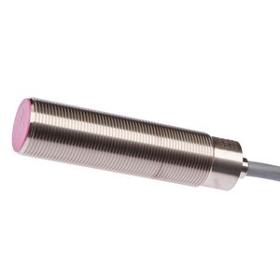
IPF ELECTRONIC GMBH
Germany
Inductive proximity switches are contact-free sensors. They detect all conductive metals, regardless of whether they move or not. The achievable sensing range of the devices depends on the object material and its dimensions. The vibration-resistant sensors can be approached laterally or frontally. Inductive proximity switches are used for presence detection (e.g. goods carriers), positioning (e.g. dampers), counting (e.g. nuts /bolts), speed detection (e.g. for cog wheels), on conveyor systems (e.g. hose feedings) or distance measurements (e.g. press-in checking) of metallic objects.
Request for a quote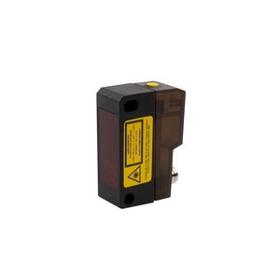
IPF ELECTRONIC GMBH
Germany
Optical sensors function contactlessly. They detect objects independent of their characteristics (e.g., shape, color, surface structure, material). The basic operating principle is based on the transmission and reception of light. There are three different versions: 1. The through-beam sensor consists of two separate devices, a transmitter and a receiver that are aligned with one another. If the light beam between the two devices is interrupted, the switching output integrated in the receiver changes its status. 2. With the retro-reflective sensor, the transmitter and receiver are located in one device. The emitted light beam is reflected back to the receiver by a reflector that is to be mounted opposite the device. As soon as the light beam is interrupted, the switching output integrated in the device changes its status. 3. With the diffuse reflection sensor, the transmitter and receiver are in one device. The emitted light beam is reflected by the object that is to be detected.
Request for a quote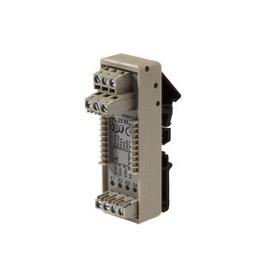
IPF ELECTRONIC GMBH
Germany
Connecting digital signals directly at the machine can contribute to significant cost and effort minimization. A classic application is the linking of different signals directly in the field. Thus, it is possible to avoid long line paths of many individual devices, which significantly reduces the wiring effort and the need for control inputs. All input signals on the logic modules are visualized by integrated LED and are electrically decoupled from each other. In this way, influences from one device to the other are reliably prevented. The outputs of the modules are overload-proof and the upcoming signal is also indicated by an LED. In addition to logical input signal connections such as AND and OR, versions with signal change control are also available. The ipf logic modules are available for DIN rail mounting or as field modules.
Request for a quote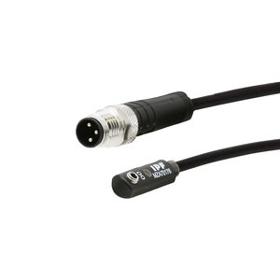
IPF ELECTRONIC GMBH
Germany
For many tasks in the field of automation technology, it is necessary to recognize the motional processes in pneumatic and hydraulic cylinders and to detect the position of the piston with precision. For this, magnetic cylinder sensors are used.
Request for a quote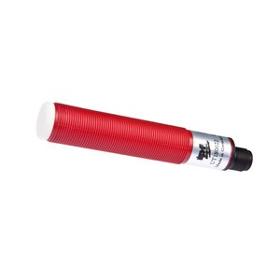
IPF ELECTRONIC GMBH
Germany
Ultrasonic sensors are non-contact and wear-free position switches which can also be used under rough environmental conditions. A key advantage of these devices lies in the fact that the material and the surface characteristics of the objects to be detected can be almost anything. Solids, liquids, grainy materials and powdery materials can be identified without the shape or the color of the object having any influence to the measured result. In addition, the ability to detect transparent materials such as films and fluids is of particular importance. The shape and color of the objects do not influence the result of the detection. The capability to detect transparent films or liquids is also of special importance. Ultrasonic sensors are used for distance measurement (e.g. detection of diameters, loop control), for fill level detection (e.g. silo detection), for positioning and presence detection (e.g. glass pane positioning, film tear check, glass bottle detection)
Request for a quote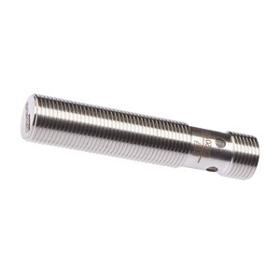
IPF ELECTRONIC GMBH
Germany
Inductive proximity switches are contact-free sensors. They detect all conductive metals, regardless of whether they move or not. The achievable sensing range of the devices depends on the object material and its dimensions. The vibration-resistant sensors can be approached laterally or frontally. Inductive proximity switches are used for presence detection (e.g. goods carriers), positioning (e.g. dampers), counting (e.g. nuts /bolts), speed detection (e.g. for cog wheels), on conveyor systems (e.g. hose feedings) or distance measurements (e.g. press-in checking) of metallic objects.
Request for a quote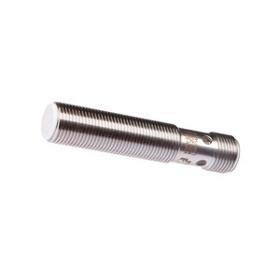
IPF ELECTRONIC GMBH
Germany
Capacitive proximity switches are contact-free sensors. They detect metallic and non-metallic objects, regardless of whether they move or not. The achievable sensing range of the devices depends on the object material, its dimensions and the response sensitivity, which is set via a potentiometer. The vibration-resistant sensors can be approached laterally or frontally. Capacitive proximity switches are used for presence detection (e.g. sealing detection), positioning (e.g. PET bottles), counting (e.g. plastic caps), level detection (e.g. lubricant) or distance measurements (e.g. thickness measurement) of solid and liquid materials.
Request for a quote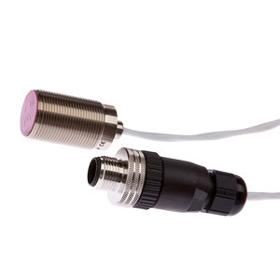
IPF ELECTRONIC GMBH
Germany
Inductive proximity switches are contact-free sensors. They detect all conductive metals, regardless of whether they move or not. The achievable sensing range of the devices depends on the object material and its dimensions. The vibration-resistant sensors can be approached laterally or frontally. Inductive proximity switches are used for presence detection (e.g. goods carriers), positioning (e.g. dampers), counting (e.g. nuts /bolts), speed detection (e.g. for cog wheels), on conveyor systems (e.g. hose feedings) or distance measurements (e.g. press-in checking) of metallic objects.
Request for a quote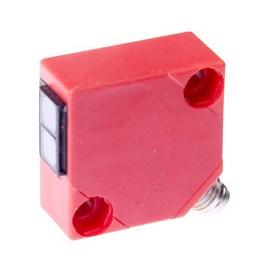
IPF ELECTRONIC GMBH
Germany
Optical sensors function contactlessly. They detect objects independent of their characteristics (e.g., shape, color, surface structure, material). The basic operating principle is based on the transmission and reception of light. There are three different versions: 1. The through-beam sensor consists of two separate devices, a transmitter and a receiver that are aligned with one another. If the light beam between the two devices is interrupted, the switching output integrated in the receiver changes its status. 2. With the retro-reflective sensor, the transmitter and receiver are located in one device. The emitted light beam is reflected back to the receiver by a reflector that is to be mounted opposite the device. As soon as the light beam is interrupted, the switching output integrated in the device changes its status. 3. With the diffuse reflection sensor, the transmitter and receiver are in one device. The emitted light beam is reflected by the object that is to be detected.
Request for a quoteManufacturer/ Producer
Rosmarter Allee 14
58762 Altena - Germany
europages also recommends
A selection of companies related to the activity:
A selection of products that might interest you
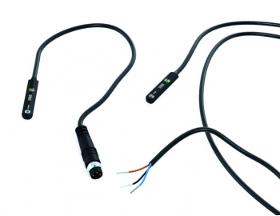
RIEGLER & CO.KG
Germany
The cylinders described here are pneumatic drive units mainly for linear movement. The piston rods or the magnetic traction transfer the movement of the piston to the components to be moved. We offer round, short-stroke, compact, profiled barrel cylinders and piston rod-free drives. In addition you will find here a whole range of sensors, fastening parts and accessories. Our piston rod cylinders are fabricated according to various ISO standards and are available in single-acting or double-acting design. They are suitable for filtered, unoiled or oiled compressed air.
Request for a quote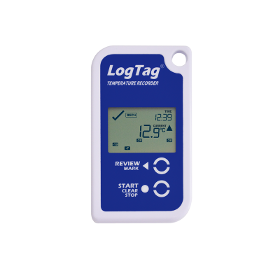
PRAXAS B.V.
Netherlands
The Logtag Logtag TRED30-16R Temperature Logger with external sensor is specifically for monitoring temperature during transport and storage. The data logger has a capacity of up to 15,900 measurements and a measuring range of -40°C to +99°C from an external sensor.
Request for a quote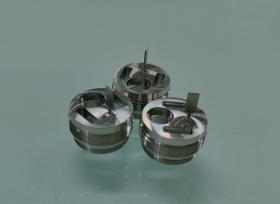
SHENZHEN PROMOSTAR HARDWARE CO.,LTD
Germany
CNC turn-milling compound machining flange
Request for a quote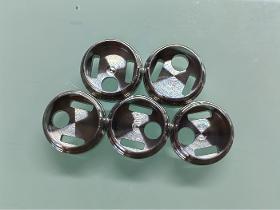
SHENZHEN PROMOSTAR HARDWARE CO.,LTD
Germany
Stainless steel processing in Turning ,Milling.
Request for a quoteRequest for quotes
Create one request and get multiple quotes form verified suppliers.
- Only relevant suppliers
- Data privacy compliant
- 100% free
